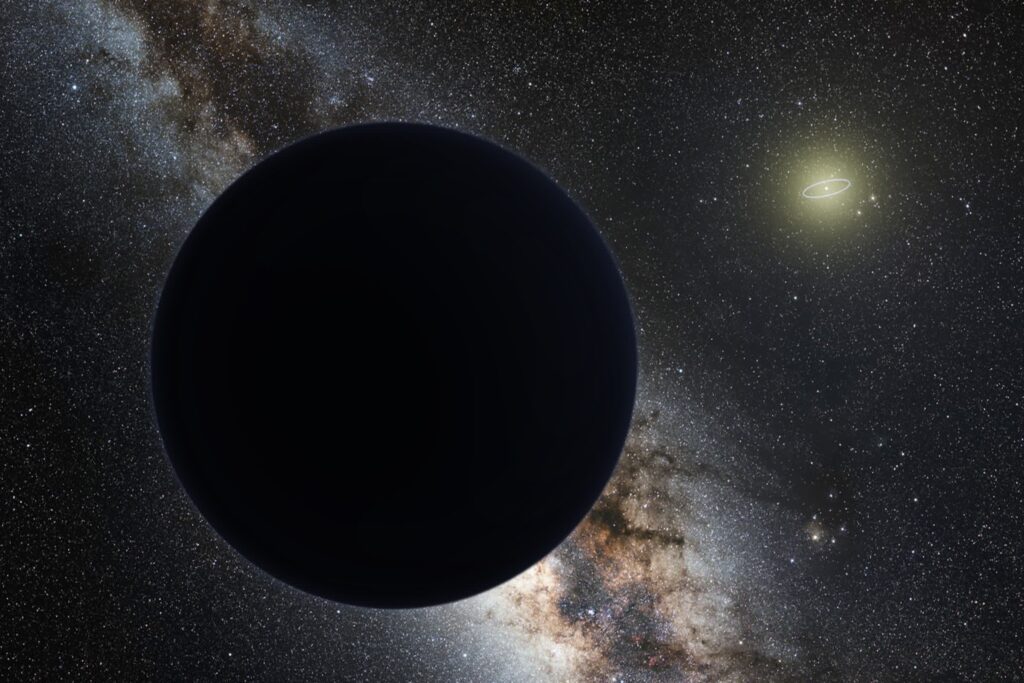A new study led by Terry Long Fan from Taiwan’s National Tsing Hua University suggests the discovery of potential evidence for the elusive Planet Nine, based on two infrared investigations spanning 23 years. This hypothetical planet, first proposed by Caltech’s Michael Brown and Konstantin Batygin in 2016, is believed to explain the anomalous clustering of distant Kuiper Belt objects, including Sedna.
Fan’s team analyzed archival data from NASA’s infrared astronomical satellite (IRA) and the Akari survey to track a promising candidate’s orbit. They detected a faint object that shifted position over time, indicating it could be larger than Neptune and following a highly elongated orbit at an estimated distance of 280 to 1,120 astronomical units from the Sun. The object’s unusual trajectory raises questions about its origin, suggesting it may have formed near the Sun or been captured early in the solar system’s history.
Although previous studies have attempted to identify Planet Nine candidates, Fan argues that their current findings are more convincing since they appear in both the IRAS and Akari datasets. However, confirmation requires further observation with advanced telescopes, like the upcoming Nancy Grace Roman Space Telescope and the Dark Energy Camera, to accurately determine the object’s trajectory.
Source link


